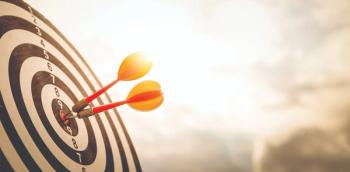
Femtosecond is highly reproducible & accurate
Femtosecond lasers create highly reproducible flaps that correspond with preoperative intended thickness.
Femtosecond lasers create highly reproducible flaps that correspond with preoperative intended thickness, according to the results of a study published in the January issue of the Journal of Cataract and Refractive Surgery.
Jin-Hyoung Kim and co-workers from Inje University and Rhee's Eye Hospital, Korea compared ultrasound pachymetry, Orbscan and optical coherence tomography (OCT) measurements of central corneal thickness (CCT) before LASIK and evaluated the reproducibility of flaps created with a femtosecond laser, in 59 eyes of 30 patients.
OCT, ultrasound pachymetry and Orbscan measurements provided similar CCT values (p>0.05). Corneal thickness values obtained using ultrasound pachymetry or Orbscan correlated well with those obtained with OCT, with the correlation coefficient ranging from 0.804 to 0.889 (p<0.05). The OCT measurements of flap thickness showed no significant difference between the postoperative measurements and the intended flap thickness (p>0.05).
This study demonstrates that femtosecond lasers are an accurate method of producing intended flap thicknesses.
Newsletter
Get the essential updates shaping the future of pharma manufacturing and compliance—subscribe today to Pharmaceutical Technology and never miss a breakthrough.












































